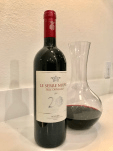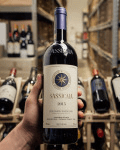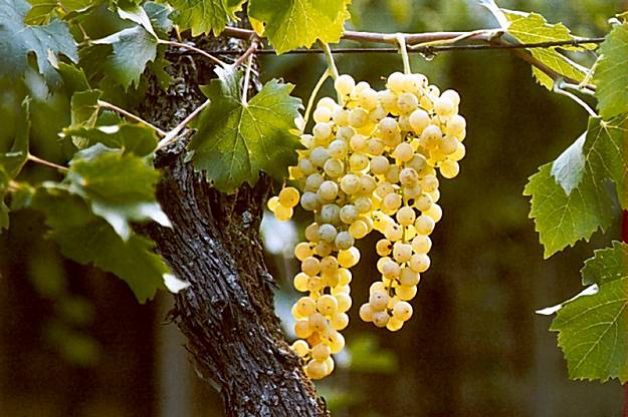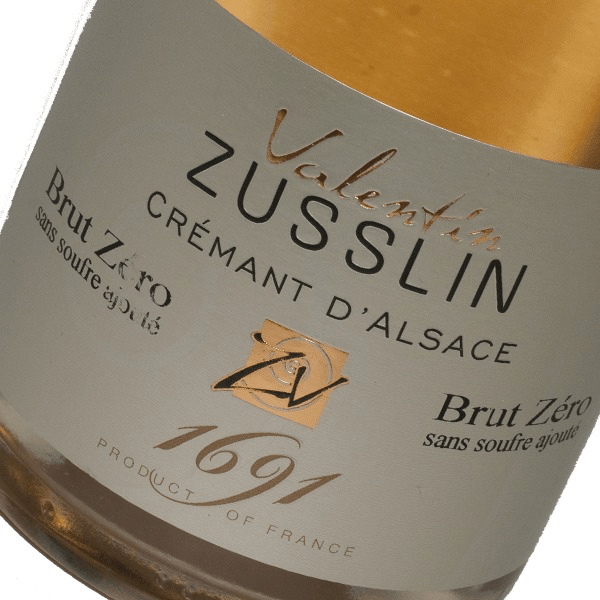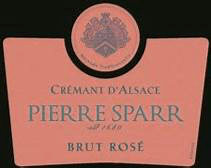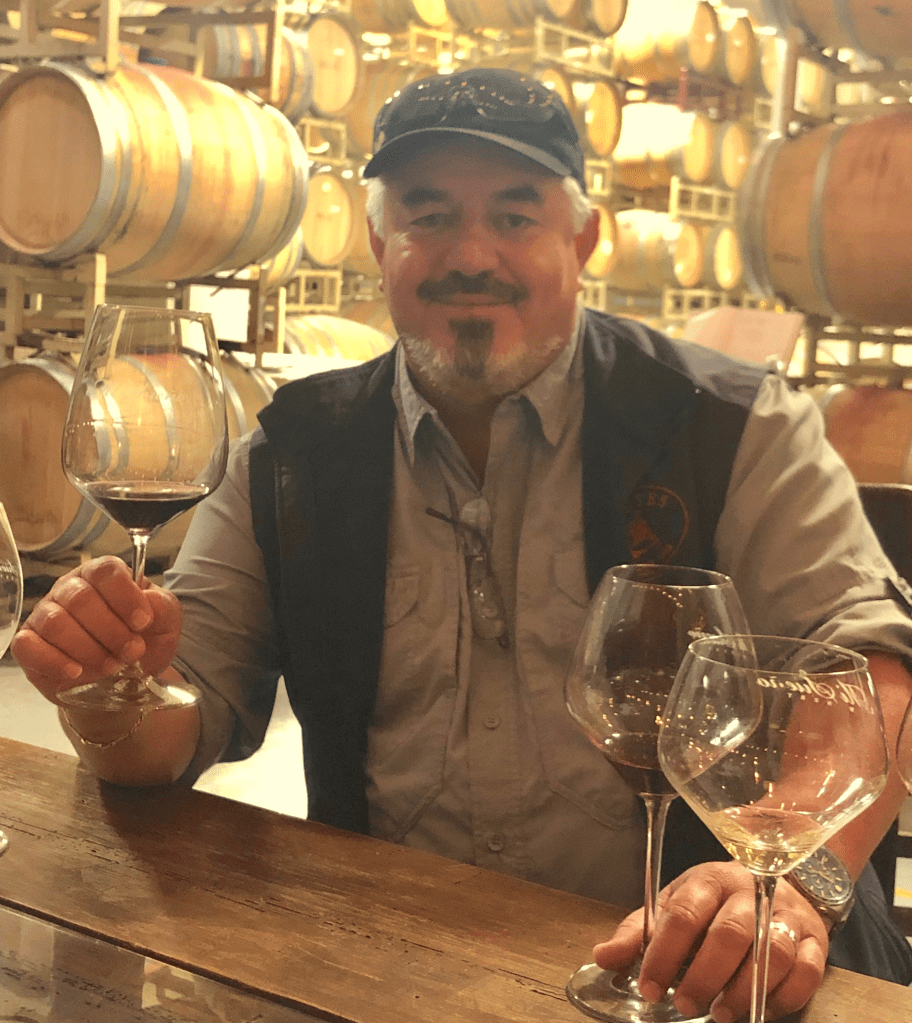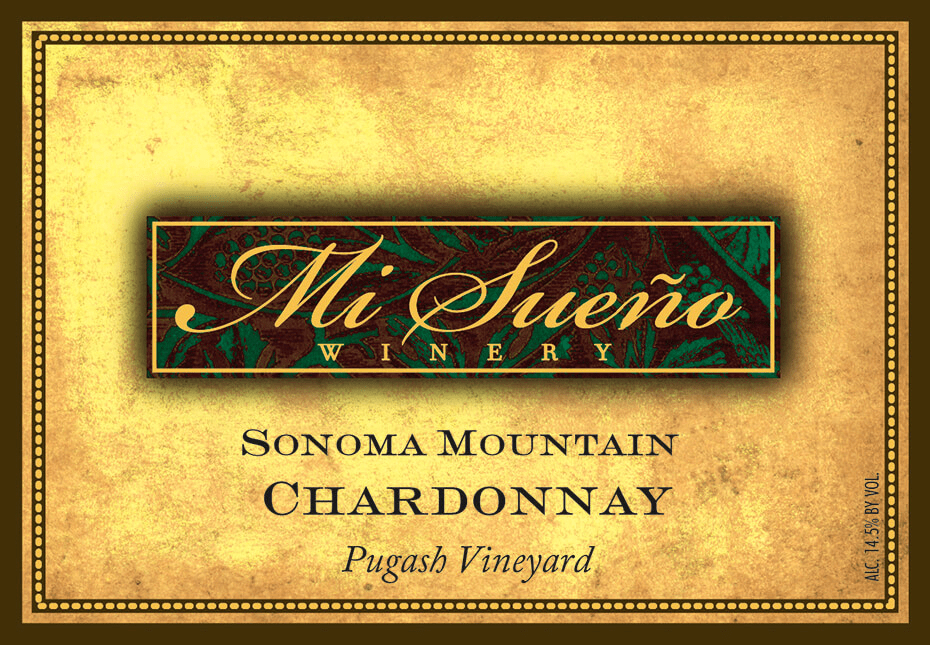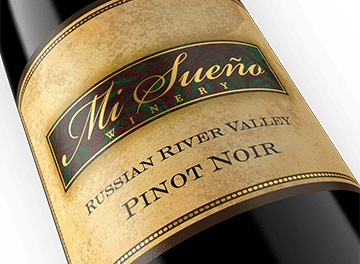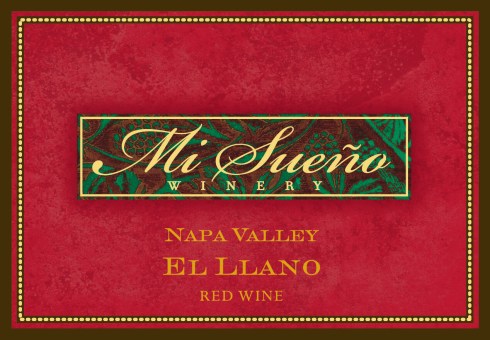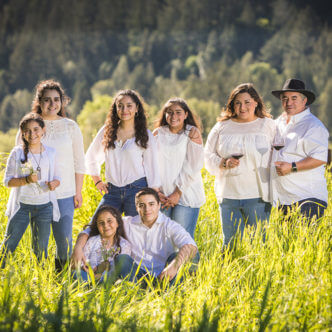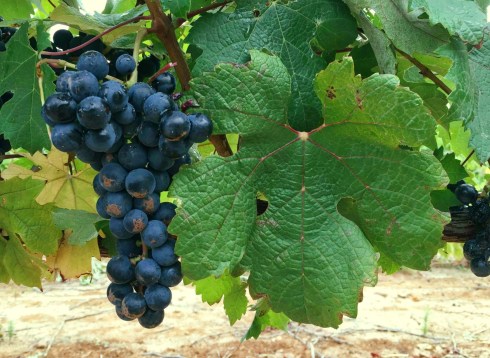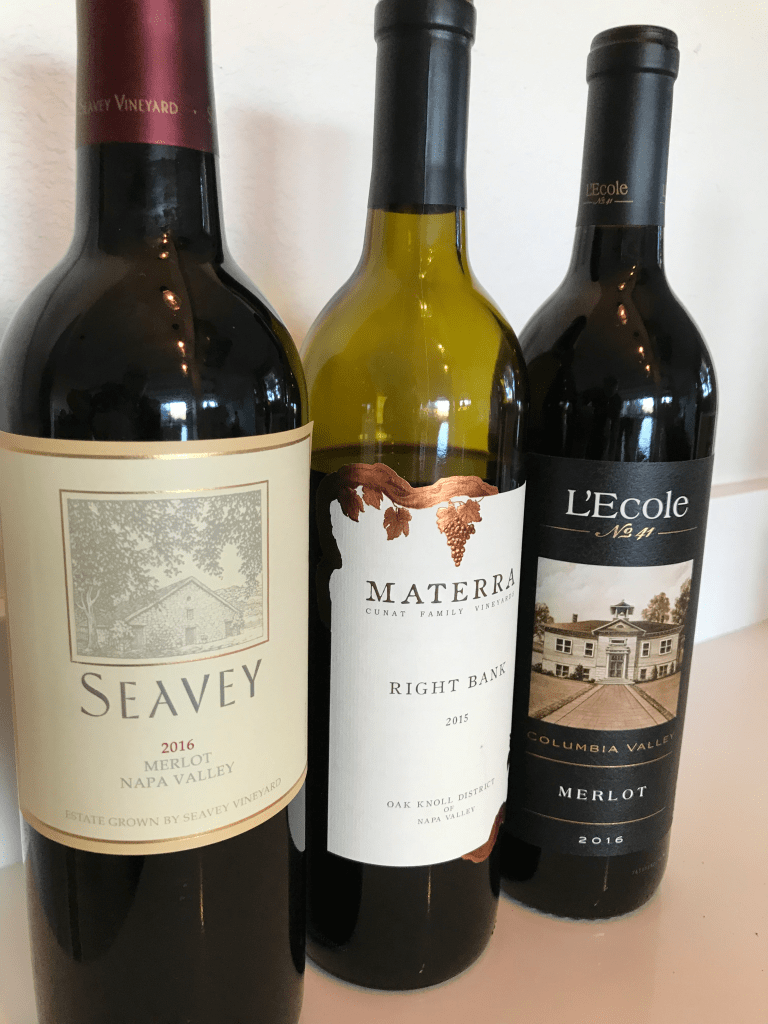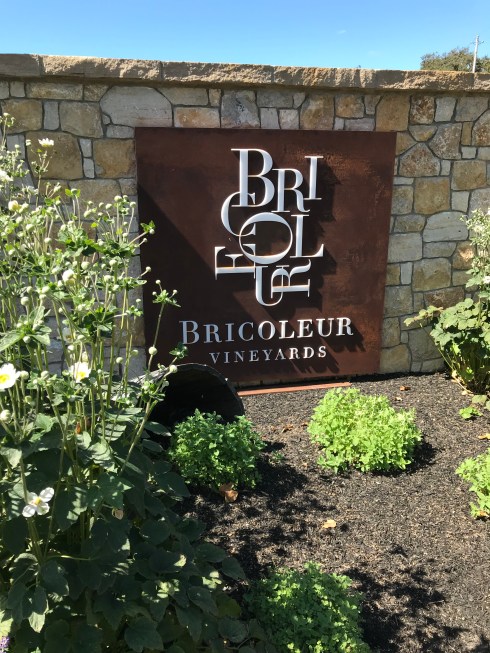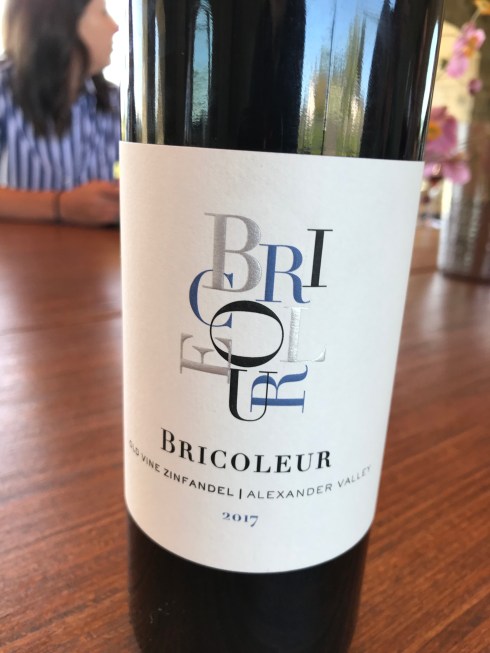Young veteran winemaker Jesse Katz, producer of Sonoma County Bordeaux-style wines under his Aperture Cellars brand since 2009, is about to take a huge step into his future. He recently acquired the old Ponzo vineyard site on Old Redwood Highway in Healdsburg and is molding it into the new Aperture Estate.

The seeds for Jesse’s passion for wine were planted at an early age as he traveled through eighty countries with his father, photographer Andy Katz, including many wine regions in France and Italy. Over the past 17 harvests, he has honed his skills in Bordeaux, Argentina and at noted Napa Valley wineries like Screaming Eagle and Robert Foley.
Nearly a decade ago, Jesse’s appointment as head winemaker at Lancaster Estate made him the country’s youngest. Maturity came quickly as one of his releases was included among the Wine Spectator magazine Top 100 Wines of 2013.
Known as a winemaker to the stars, Katz has consulted with celebrities like Justin Timberlake, professional skateboarder Tony Hawk and NFL star Von Miller. Of note, he and film agent Shep Gordon collaborated to create 2015 The Setting Wines Alexander Valley Cabernet Sauvignon, a wine that sold for $350,000 at a charity auction.
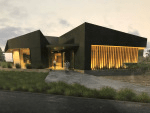
The new forty acre Aperture Estate consists of a new state-of-the-art production facility, thirty-two acres under vine and, in May 2020, it will add a modern and well-appointed hospitality center designed to enhance the experience that culminates in the glass. With 3,500 square feet of indoor space that expands to 6,500 square feet when opened up to the patio, guests will be exposed to the surrounding vineyards and choose between several appointment-only options such as private group tastings or a VIP experience with food pairings.
The new buildings were designed by Signum Architecture who, among others, created the designs for Odette, Cade and Hall wineries. The production facility has an impressive contemporary exterior design that compliments the landscape. The interior, with rusted galvanized steel paneling is equally imposing, but, for Jesse, it’s about form following function.
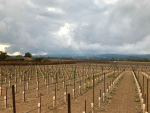
There, he has all the best toys for success including a crush pad, a Weco optimal sorter, a cold room, four barrel rooms and 27 fully automated fermentation tanks. Future lab work will be done in-house and, beginning with the 2019 harvest, all Aperture wine production will happen under this roof.
The new estate came with ten acres of old-vine zinfandel and, on the remaining property, Jesse has planted merlot clones from Château Pétrus and semillon clones from d’Yquem, noted producer of “botrytized” wines from Sauternes. Clearly, Bordeaux has a presence in nearly all Aperture releases.
Outside of the estate property, Aperture controls 140 acres, spread over seven separate vineyards in Sonoma, Napa and Yolo counties. The three single-vineyard cabernet sauvignon as well as the Bordeaux blend are sourced from the Alexander Valley, a region where rich soils, in Jesse’s opinion, produce “new world fruit and old world elegance.”
The root of all this activity and excitement is the wine and we began a tasting with the 2018 Aperture Barrel-fermented Chenin Blanc ($30), sourced from old vines in Clarksburg, near the Delta, fifteen miles south of Sacramento. Declared “America’s best dry chenin blanc” by Wilfred Wong (wine.com), it is non-filtered with no new oak and has a distinctively rich mouthfeel with flavors of ripe pear and the stone fruits.
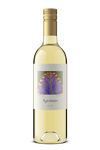
From Sonoma County’s newest appellation (AVA), the 2018 Aperture Barrel-fermented Sauvignon Blanc $40, with two-percent semillon, is sourced from the Dry Stack Vineyard in Bennett Valley near Santa Rosa. Jesse admitted that he returned from Bordeaux with a greater appreciation of the whites and this release deserves ours.
From the clay loam soils in the Alexander Valley, the 2016 Aperture Bordeaux Red Blend ($55), a blend of cabernet sauvignon, merlot, malbec and cabernet franc, is aged for 18 months in 50% new French oak. Although cabernet sauvignon dominates the flavor, the floral and spice hints come from the cabernet franc.

There are three single vineyard releases from the Oliver Ranch, SJ and Del Rio vineyards, each representing unique terroir within the Alexander Valley. However, I was most intrigued by the 2017 Devil Proof Rockpile Ridge Malbec ($150) from south facing vines above Lake Sonoma. Heat spikes during 2017 created challenges, but the result was the highly concentrated flavors that led Robert Parker, Jr, the Wine Advocate to state, “This may be the finest Malbec I have ever tasted from California.”
Dignified wines from Jesse and extraordinary label photos from Andy, a world-class pairing that is about to enrich the Sonoma County wine experience. Check them out.
